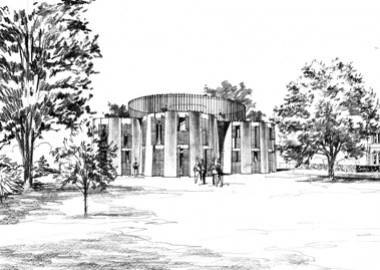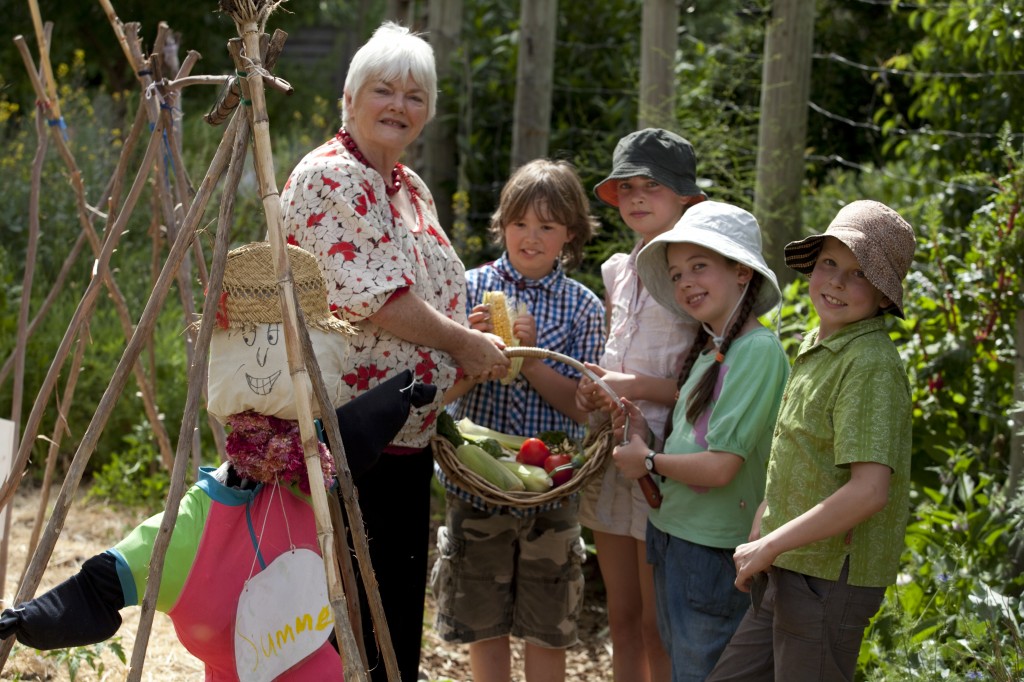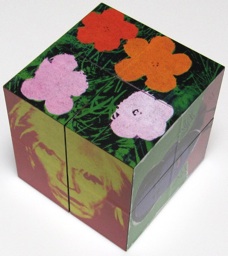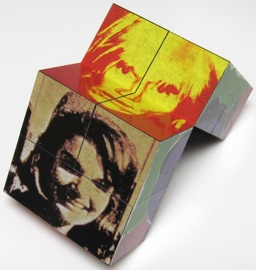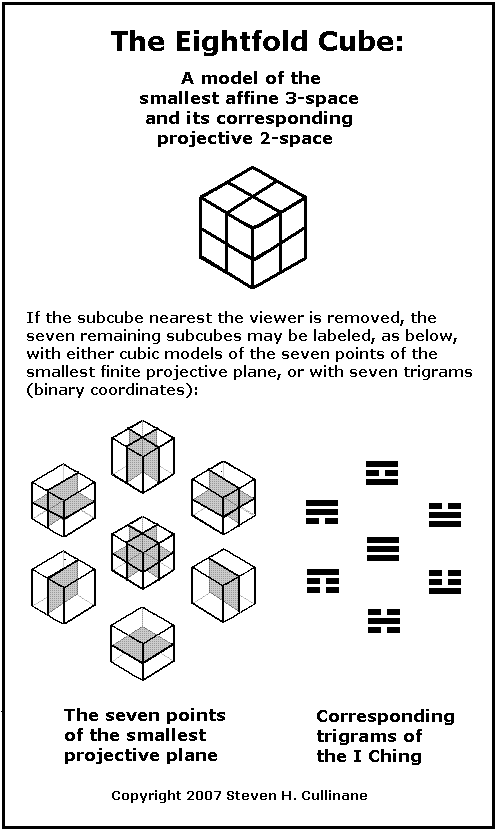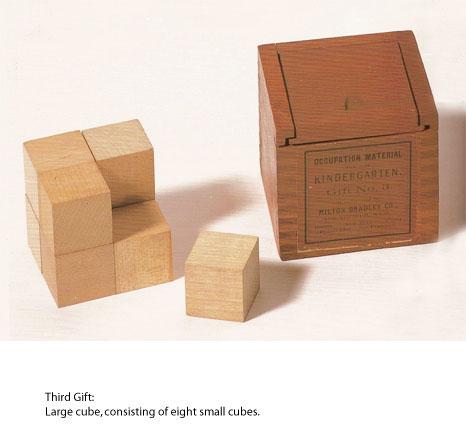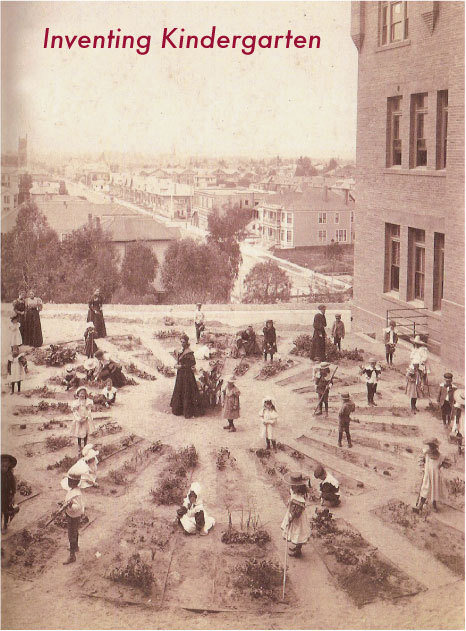“We must call the little children from the very earliest years, and prepare them for useful and honorable citizenship.”
“I have tried to outline the plan. Let me briefly summarize. Take the very little child into the kindergarten and there begin the work of physical, mental, and moral training. Put the child in possession of his powers; develop his faculties; unfold his moral nature; cultivate mechanical skill in the use of the hands; give him a sense of symmetry and harmony, a quick judgment of number, measure, and size; stimulate his inventive faculties; make him familiar with the customs and usages of well-ordered lives; teach him to be kind, courteous, helpful, and unselfish; inspire him to love whatsoever things are true, and right, and kind, and noble; and thus equipped, physically, mentally, and morally, send him forth to the wider range of study.”
“This training should put the boy or girl into the possession of the tools for employment, or for the cultivation of the arts of drawing.”
As one of the most noted among the disciples of the great Froebel, Miss Emily Sheriff, of London, said: “The poor man suffers wrong when his education is so defective that he can not use his faculties aright, when his senses are blunted, his observation and judgment insecure.”
via p.116-7. The World’s Progress.



